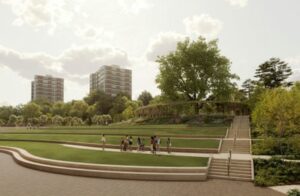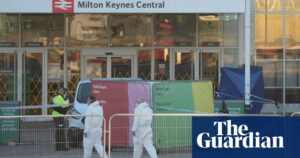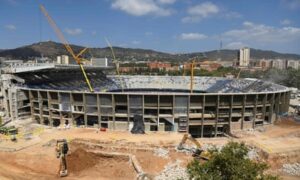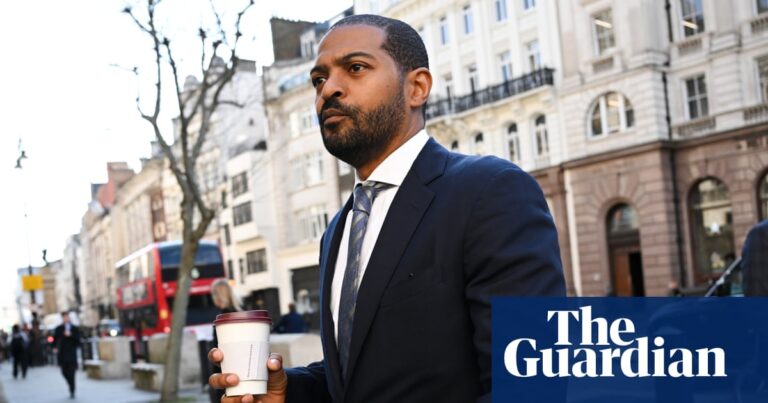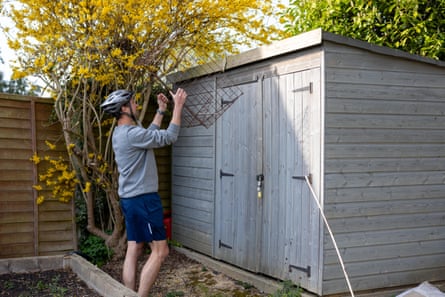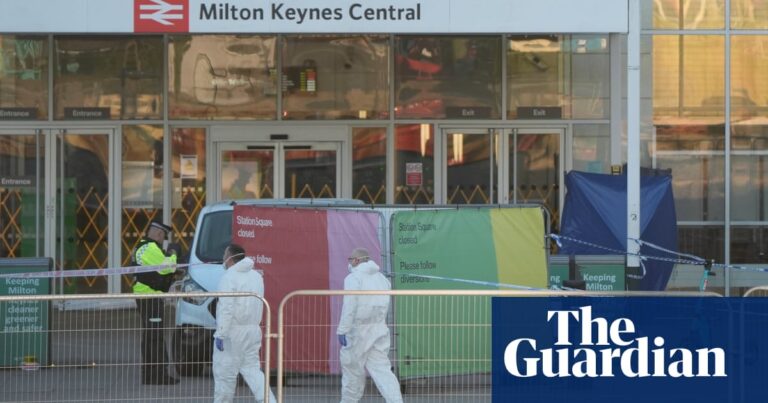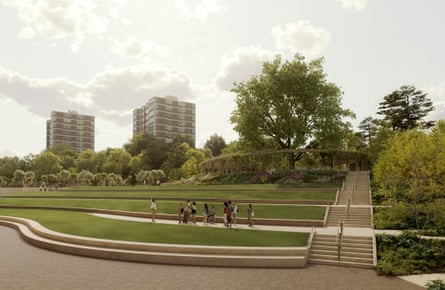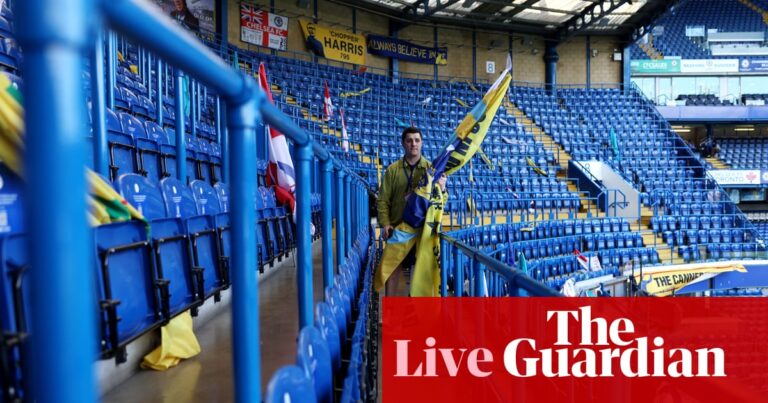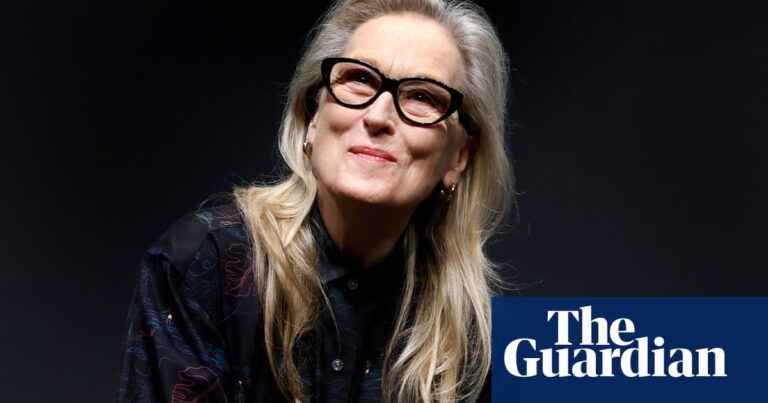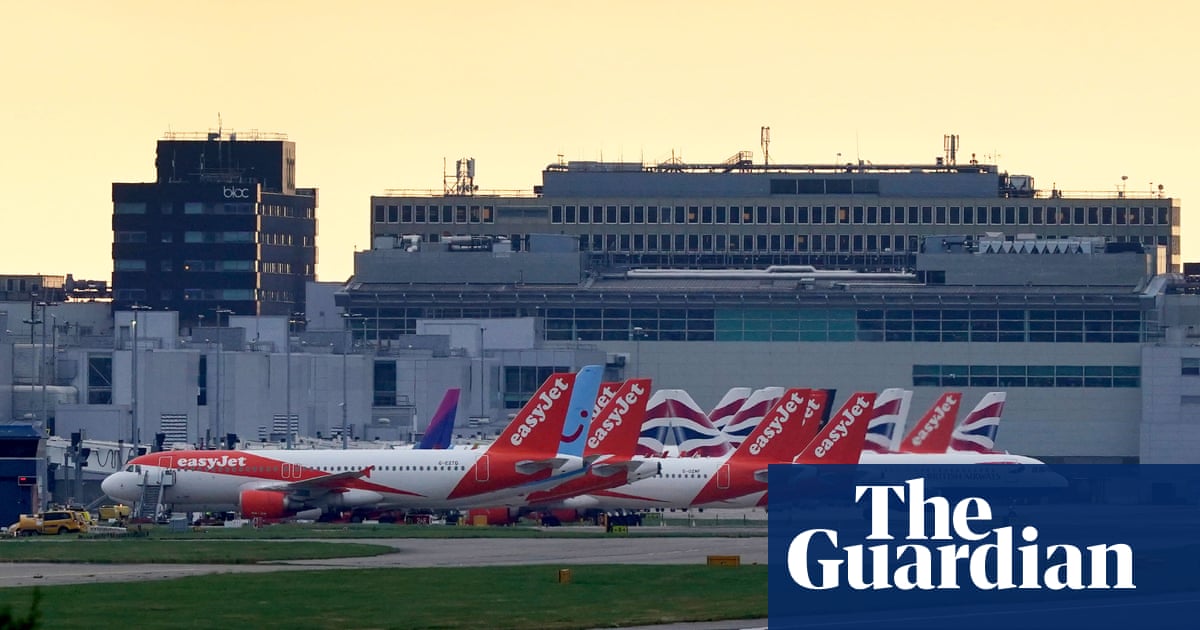
The boss of Gatwick said he “hopes and expects” the government will back the airport’s plans for a second runway, adding that its proposals would bring extra air capacity to the south-east more quickly than a third runway at Heathrow.
Stewart Wingate, the airport’s chief executive since 2009, said the £2.2bn plan to create a fully functioning second runway by the end of the decade had strong economic credentials and could “chime” with the government’s growth agenda.
Gatwick, which is the busiest single-runway airport in the world, is planning to move the centre line of its northern runway, which is used largely as a taxiway, 12 metres (39ft) north in order to allow planes to take off while others land on the existing runway.
A six-month public examination of the scheme will end next week, with the planning inspectors submitting a recommendation to the government before ministers make a decision in the first half of next year.
Speaking on Thursday, Wingate referenced the government’s decision on Monday to give the go-ahead to the expansion of City airport in east London, and said Gatwick’s plan fitted with previous government policies that encouraged airports using existing infrastructure to increase capacity.
Wingate said: “So, we very much are hoping and expect that when it falls on the government desk, which will be towards the end of November this year, in the three months where they have time to deliberate their decision, that they come out and support us, and support the benefits of the scheme.”
His comments came as the Labour government’s position on airport expansion faced scrutiny over its approval of City airport’s plan to increase capacity from 6.5 million to 9 million passengers a year. The decision was criticised by environmental campaigners and Newham council, which opposed the move.
Keir Starmer’s spokesperson told the Telegraph in July that the government was “not opposed in principle to new or longer runways or to people flying more”.
However, they said these must meet “clear conditions” on noise and air pollution, and obligations over the climate crisis, as well as leading to economic growth around the country.
Wingate said: “When it starts to operate, it will be generating an additional £1bn of GDP to the economy each year, and create 14,000 jobs across the region, so we think it’s got very strong credentials.”
Under the plans, passenger numbers are expected to nearly double to 78 million people when the second runway is fully operational, with the number of flights each year rising to 386,000.
after newsletter promotion
Peter Barclay, the chair of the Gatwick Area Conservation Campaign, has previously said the local impacts would be “devastating”, and accused the airport of continuing to “push for unsustainable growth simply to benefit its shareholders”.
Heathrow, the UK’s biggest airport, is also aiming to revive its plans for a third runway, with a promise in July to publish a fresh blueprint for the multi-billion pound scheme.
The two airports were embroiled in a public battle for parliament’s backing over their plans for an extra runway more than six years ago, before MPs voted in 2018 to back the expansion of the west London airport. The project has since been delayed by Covid-19 hitting passenger numbers and reducing the need for more capacity.
Wingate would not be drawn on whether a second runway at Gatwick would negate the need for a runway at Heathrow. However, he said Gatwick’s decision to continue to work on its plan throughout the pandemic meant it was at an advanced stage now that the travel industry had recovered.
He said: “Speaking from a Gatwick perspective, we’re ready. If we get the government decision, we can push on, and we can have the northern runway available by the end of the decade.”
A government spokesperson said: “We are committed to securing the long-term future of the UK’s aviation sector.
“However, all expansion proposals must demonstrate they contribute to economic growth, while remaining in line with existing environmental obligations.”
Source: theguardian.com
